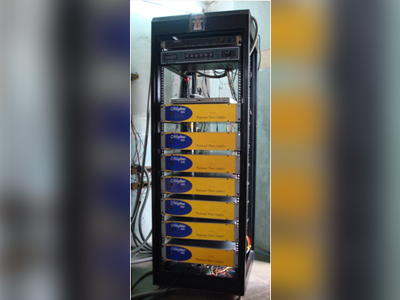Cinema
• In August 1926, Warner Brothers debuted the first Vitaphone film Don Juan. However, in Don Juan there was no dialogue in the film.
• The Royal Opera House in Mumbai brought the first phonofilm in India in 1927.
• The first movie with dialogue, or “talkie”, was The Jazz Singer .The first talkie movie in hindi – Ardeshir Irani’s ‘Alam Ara’ came out in 1931.
• In 1928, Lights of New York was released by Warner Brothers as the first all-dialogue film.
• In 1940, Walt Disney’s Fantasia was the first film to be released in a multichannel format called Fantasound.
• The first CinemaScope film, The Robe, was released on September 16, 1953. CinemaScope was later replaced with Panavision which uses an optical soundtrack typically with a Dolby Stereo soundtrack with noise reduction. First Indian cinemascope film was Kaagaz ke Phool, produced and directed by Guru Dutt in 1959.
• Raj Kapoor’s film Around The World was India’s first film with stereo-phonic sound in 1967.
• The first Sensurround film Earthquake, was released in 1974.
• The first Dolby Stereo film Star Wars was released in 1975.In 1975, Sholay became India’s first film with 4-track Stereophonic sound.
• The first Dolby Digital movie released was Batman Returns in 1991. The first Dolby Digital movie in Indian Cinema was DAUD released in 1997. • The first movie Jurassic Pak with DTS was released in 1993.
• In 1999, Dillagi became the first film to be mixed and released in Dolby Digital Surround EX in India.
• In April 2011, Dum Maaro Dum became thet first Indian movie to be released in Dolby Surround 7.1. The first movie in Dolby Surround 7.1, • Toy Story 3, was released in 2010.
• The first Barco Auro 11.1 movie Red Tails was released in 2012.
• The first Dolby Atmos movie Brave was released in 2012.
• Putting two side wall top to bottom full of acoustic.
• Flooring with woolen carpet.
• Chairs with cushion tapestry.
• Ceiling are but obvious 100% acoustic.
• No second thought opposite to screen wall will be full of acoustic to take care of extra sound.
Now consultant will say “See there is no echo”. But the question is “Man, where have you left the space for reflection?” In similar practice, making cinema deaf without any perfect calculation is not the right way of design. For quality sound, the client’s expenses will be more than double, due to more than required acoustic and more than required sound system.
Balanced design is that where you get good punch with sweetness too. Each and every seat will get clear listening of all left, center and right with equal distribution of sound. Seating arrangement is so designed that everybody can easily view left to right and top to bottom hassle free.
• Over & above to all, the guarantee for above all result as per international standard of SMPTE with all calculations must be in writing.
Multi-Screen Cinema
Shree Balaji Agora Mall
Gandhinagar

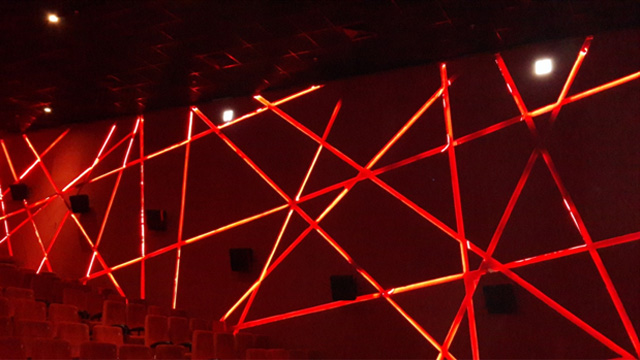
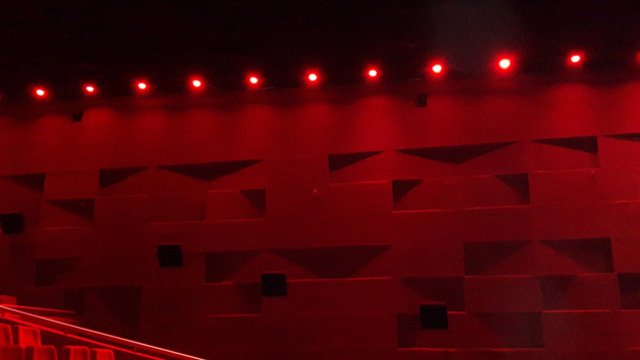
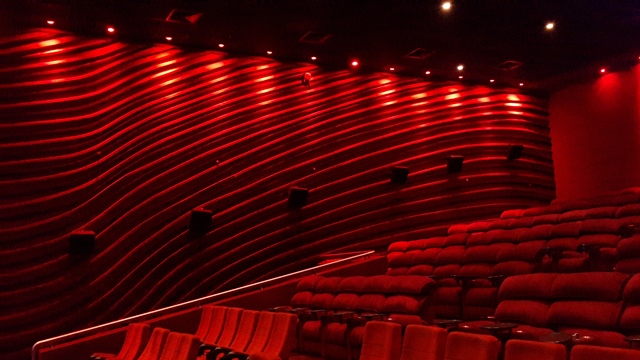
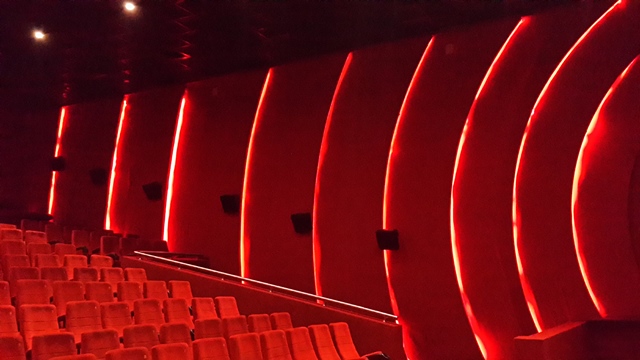
Tulsi Multiplex
Anand

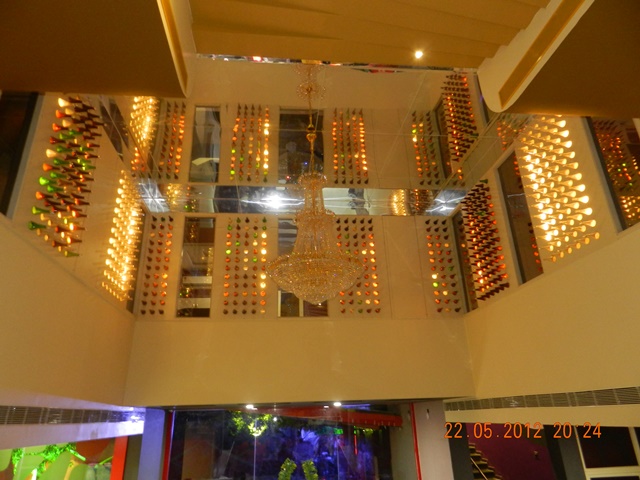

Silver Line Multiplex
Godhra
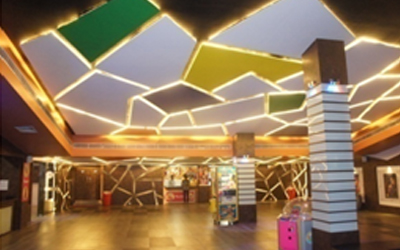

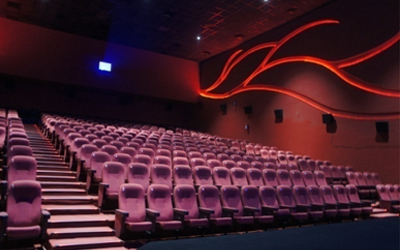
Single Screen Cinema
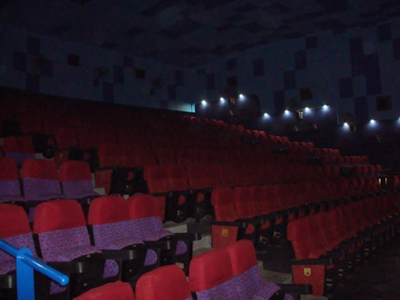
Gopi Cinema Anand

Gyatri Cinema Ratlam
